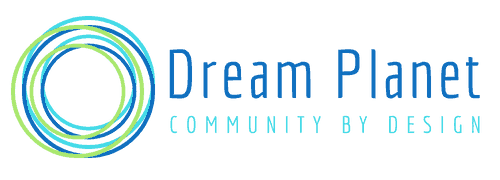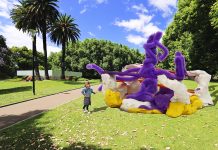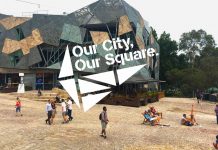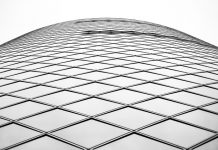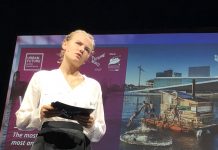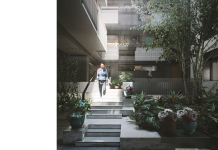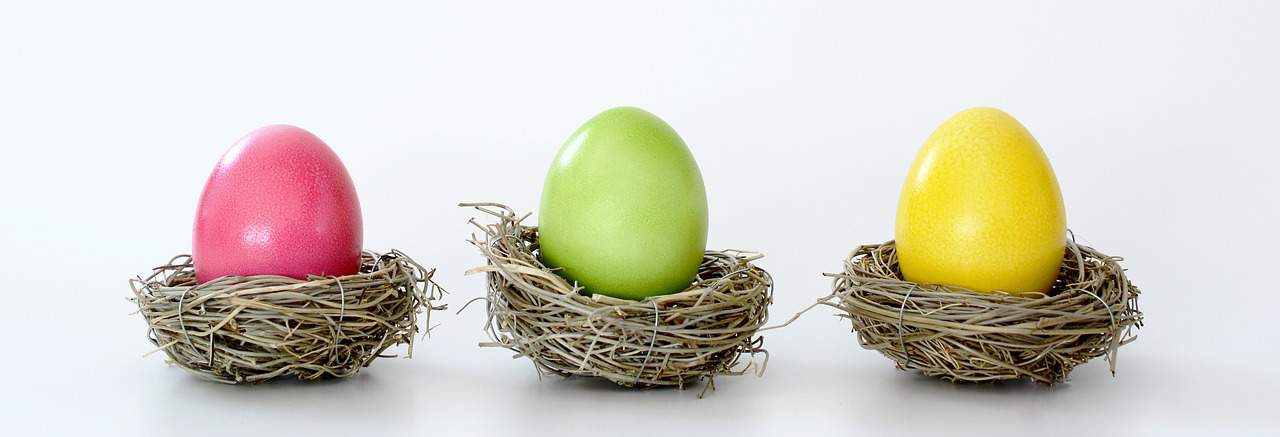Most leading companies understand the need for innovation; the challenge is finding ways to cultivate it. Julie Crabtree, the co-author of Living with a Creative Mind, is a consultant to businesses that want to foster creative innovation.
Crabtree has spent 25 years researching ways to nurture and manage creative people. Her research reveals that the creative process is typically misunderstood by leaders, but creativity’s importance to business has never been greater. “Our workplaces are shifting so rapidly,” she says. “Developing creative thinking is a key part of the future of business; establishing people who have the ability to be flexible, adaptable and manage ambiguity is exactly what we need for the next 50 years.”
Creative innovators are often seen as egotistical because of their excitement about new ideas and their belief in their own output. However, few leaders realise that there is a flipside to this ego strength, Crabtree says. “Along with that ego is a huge vulnerability. To step out and explain your ideas, you are having to be quite naked creatively. If you want people to be risk-takers and be innovative, you have to create safe spaces for them.”
Global ad agency Wieden + Kennedy, which is famous for its brand revival of the Old Spice “Smell like a man, man” campaign, has taken the idea of a “nest” quite literally. In its office in Portland, Oregon, the agency commissioned sculptor Patrick Doherty to build a “nest“ – a retreat within the office surrounded by a cocoon of woven sticks – high in the ceiling of the workplace.
Although such ideas seems extreme, Crabtree says corporate leaders quickly appreciate their value when they are presented with research about the creative process. “It takes them a while to process and absorb the scientific information,” she says. “The science says that creative people have different ways of thinking – divergent, fluid thinking – which means they are very open to all sorts of stimulus. Creative people don’t filter sensory information. Our term for this is ‘skinlessness’. Secondly, they have high and low moods. These things have high scientific validity; the research started in the ’70s.”
Crabtree then takes leaders through a process. “I ask them, if you were wired like that, what kind of environment would you want? I show them examples. It is always helpful to go with the bottom line, and explain, if your creative people are performing strongly, this is what they do, this is why and this is why they are able to perform.”
The “nest” needs to be a place that reduces sensory stimulation: low lighting, reduced noise, easy on the eyes, away from the bustle of the general office activity. It will be a counterpoint to the stimulating spaces in which creative innovators generate their ideas, which are likely to be peppered with words, pictures, photos, press clippings and whiteboards covered in scrawl and diagrams. In other words, a stimulating workspace designed to bring together ideas in an original way – a definition of creativity.
By creating both kinds of space – the creatively stimulating, and the sensory retreat – leaders make their understanding of the creative process and its associated vulnerability explicit. Crabtree says: “If there is no permission to be vulnerable, there is no permission to take risks. Creative people need an environment in which they can manage the level of external stimulus that comes in, where they can have the ability to be a little bit outrageous, but also retreat if they need to.”
Originally published in Smart Company on Monday, March 11, 2013
